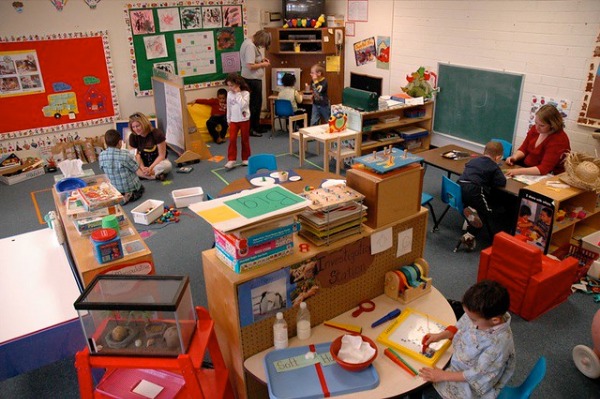Birds, Social Media and Scale-free Correlation
I wrote elsewhere about the beauty of the flocking of starlings that is called murmuration. Their murmurations that look like swirling clouds that pulsate, twist and get wider and thinner are intriguing to watch, but how do the birds do it?
I read online that this can be caused by a threat, such as a raptor nearby, but I have seen them flock while walking in a woods and in my backyard trees without any threats seen. In fact, I learned many years ago that if they were roosting in trees nearby and I clapped loudly they would usually take off. Maybe a loud clap sounds like a gun.
Beyond the beauty and wonder of the murmurations, there is interest among scientists who don't normally pay attention to birds by computer scientists and physicists. They are interested in how group behavior spontaneously arises from many individuals at once. Schools of fish are another group behavior studied.
Researchers call this "scale-free correlation." The studies indicate that, surprisingly, flocks of birds are never led by a single individual. You probably have seen flocks of geese that seem to have a "leader," but flocking is actually governed by the collective actions of all of the flock members. Watching these murmurations, as opposed to the straight-ahead flight of a flock of geese flying in formation seems so fluid that it approaches magic.
Information moving across the flock so quickly and with nearly no degradation is something I might talk about in communication courses as a high signal-to-noise ratio. Other communication terms that enter into murmuration study include scale-free correlation and effective perceptive range. Those terms can be simply explained as the ways that allow a starling on one side of the flock to respond to what others are sensing all the way across the flock.
A study on starling flocks led by George Young at Princeton determined that starlings in large flocks consistently coordinate their movements with their seven nearest neighbors. This immediately made me think of relationships online, especially in social media.
One thing that comes to mind is Dunbar's number which is a suggested cognitive limit to the number of people with whom one can maintain stable social relationships. That number was proposed in the 1990s by British anthropologist Robin Dunbar, who found a correlation between primate brain size and average social group size. By studying primates and sing the average human brain size, he proposed that humans can comfortably maintain 100-200 (often averaged out at 150) stable relationships.
That number seems too high to me in real life but it might make sense with social media where words like stable, relationship and friends have other meanings.
That Princeton study also found that the shape of the flock, rather than the size, has the largest effect on the 7 number. It's like playing that game of Telephone. When one person passes a message along to the next person, who repeats it to another and so on, the message degrades as the size of the group increases. The starlings are playing telephone only with their seven nearest neighbors. They have made the shape of their group different, despite the large size of the flock.
I wonder if the studies of starlings might be extrapolated to explain social media behaviors. I may have 600 friends on Facebook, but I think that I "shape" my group of close friends much smaller, and that group connects me to other smaller groups within that 600. I use lists on Facebook, for example, one comprised of poets. (Lists is a feature that is not really promoted by Facebook these days.) I really only have direct and active communication with about a dozen of them, but the group has almost a hundred members.
How starlings achieve such a strong correlation still remains mostly a mystery. I suspect that social media networks are also researching these kinds of correlations.

 The new semester is starting at most American colleges and I'm thinking about the silos on campuses. I don't mean anything having to do with agricultural programs which probably have a silo or two. I mean the figurative silos that are still quite real that appear in departments and schools on campus.
The new semester is starting at most American colleges and I'm thinking about the silos on campuses. I don't mean anything having to do with agricultural programs which probably have a silo or two. I mean the figurative silos that are still quite real that appear in departments and schools on campus.